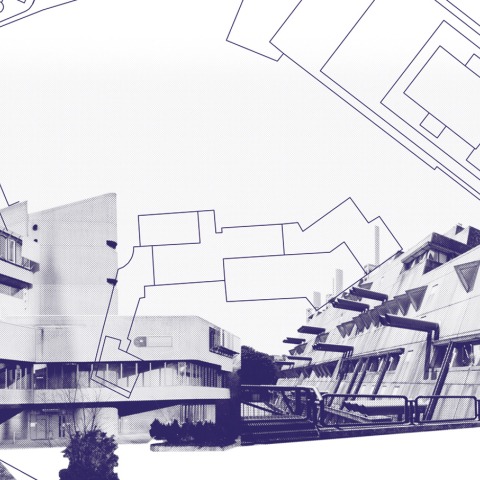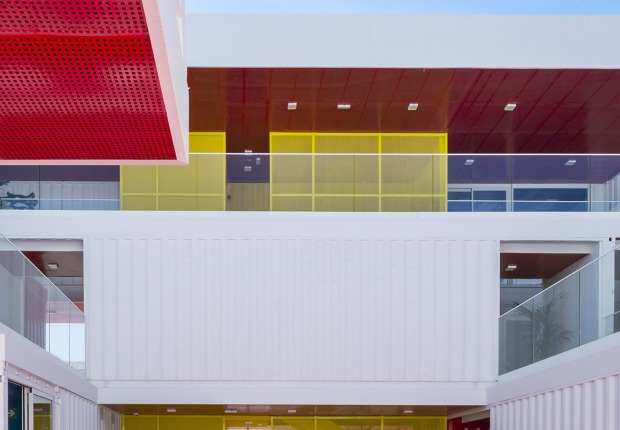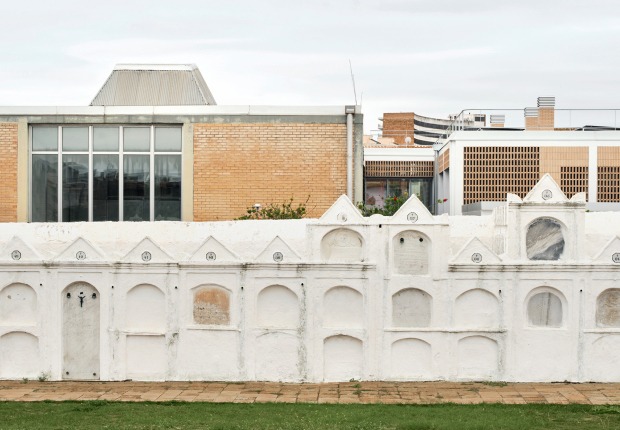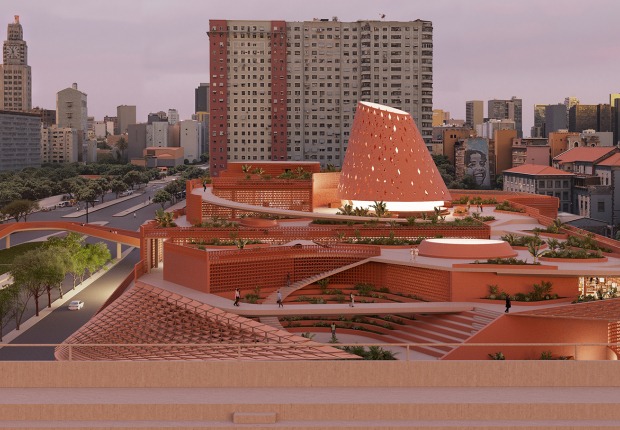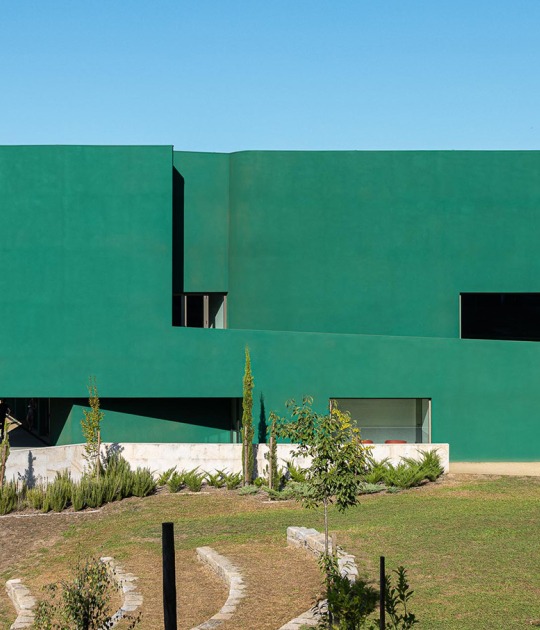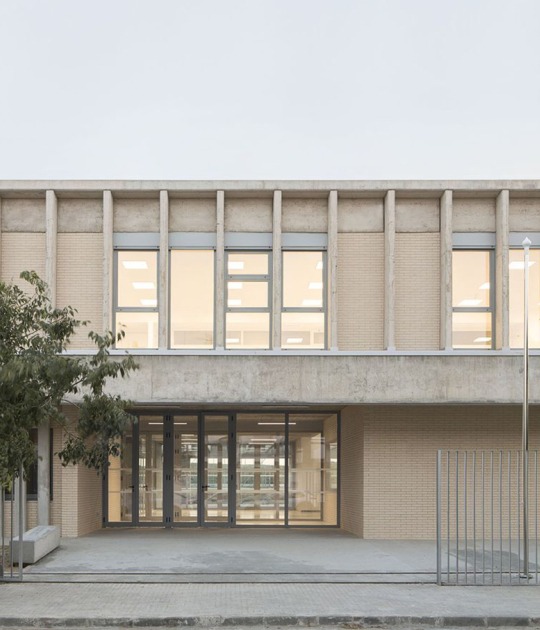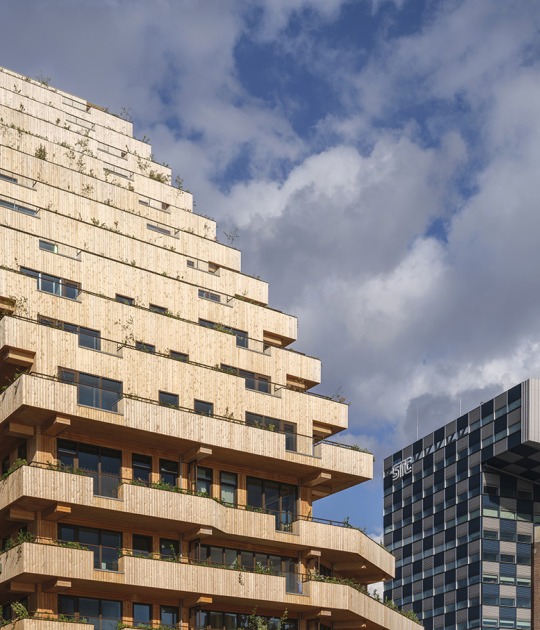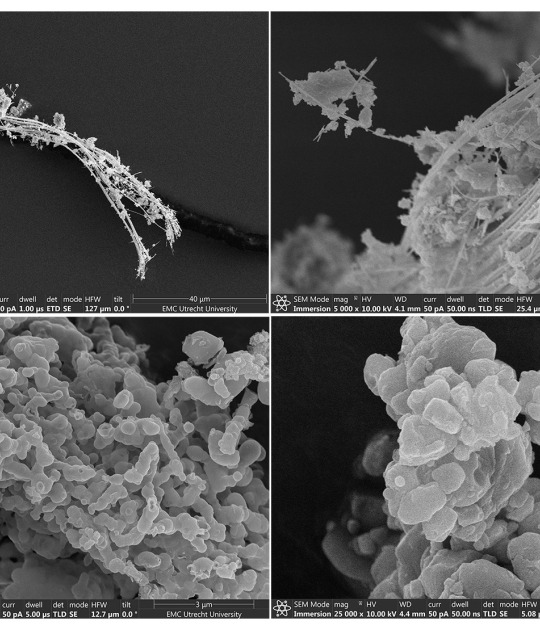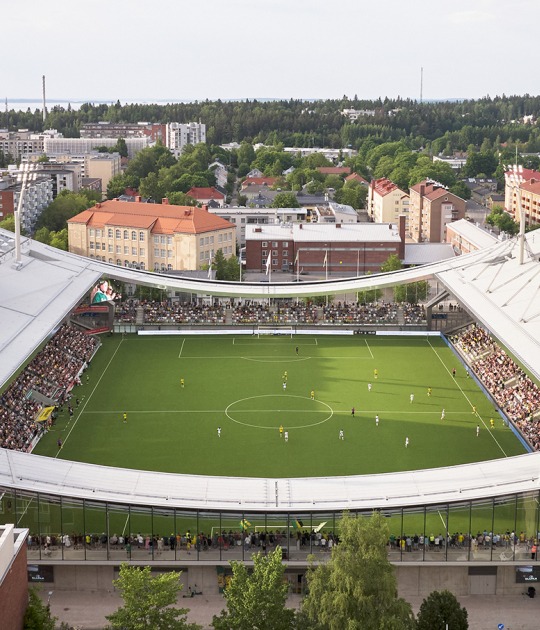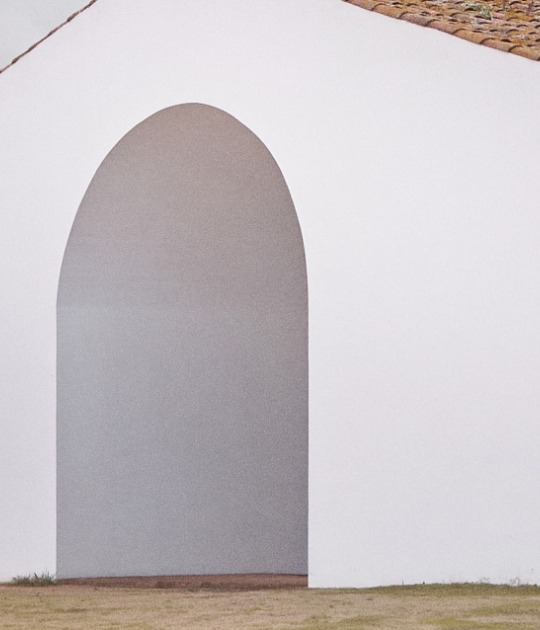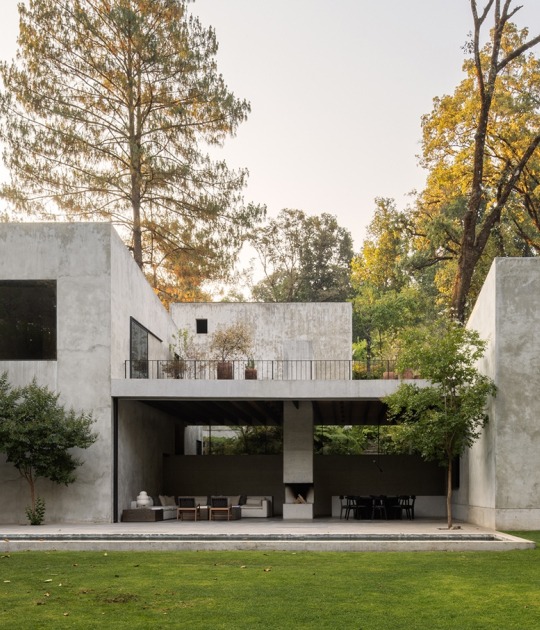Both buildings were under threat of demolition for some years now, until January 2021, when the last one was declared a historical monument. This precisely motivated the debate that accompanies the exhibition on the role of this architecture in society and the role of conservation concerning cultural identity.
This reflection is directly linked to the central theme of the Biennial "How we live together" and invites us to rethink the crisis of brutalist architecture to avoid further harming the heritage of this period, which has already established great antecedents such as the demolition of the iconic Robin Hood Gardens of the Smithsons, but with its achievements and failures (especially seen from current eyes) it has marked an important stage in the history of architecture and urban planning.
Description of project by B D A Berlin
MÄUSEBUNKER & HYGIENEINSTITUT IN VENICE
_What is the significance and value of post-war modernist architecture for society?
_ What architectural preservation is necessary to maintain and perpetuate our cultural identity?
_ What role does resource conservation play in the debates on conservation, continued construction and deconstruction?
_ What structural resistances, sometimes perceived as dysfunctionality, are to be accepted with regard to a high artistic value?
_ What financial expenditure does the company consider reasonable for this purpose?
In the exhibition "Mäusebunker & Hygieneinstitut: Experimental Setup BERLIN Architetture di G+M Hänska I Fehling + Gogel ", curated by Ludwig Heimbach, these questions are negotiated on the basis of two icons of post-war modernism that are commonly attributed to "Brutalism": The demolition-threatened Central Animal Laboratories of the Free University of Berlin ("Mäusebunker") by Gerd and Magdalena Hänska (1966 - 1981) and the Institute for Hygiene and Microbiology by Fehling+Gogel (1967 - 1974), which was listed as a historical monument, in the course of the debate, in January 2021.
On the occasion of the 17th Venice Architecture Biennale, the much-discussed exhibition of the BDA Galerie Berlin shown in Berlin in autumn 2020 has been invited by the University of Venice (IUAV) to be presented in an expanded and updated version in the "sala espositivo Gino Valle" of the IUAV in the worth seeing building of the Cotonificio Veneziano from 07 September to 07 October 2021.
The two buildings are presented in the context of their development in the "frontline city of Berlin" in their great difference in construction and architectural expression, which nevertheless form an "ensemble of soloists" in the Berlin urban landscape and are not only related to each other in terms of urban space, but are even connected to each other underground. At the same time, they are to be understood as a "case study" for dealing with buildings of high design power and individuality, which can be related to the current worldwide debate on the "brutalist" heritage.
Alongside original plans and construction documents by the architects, contexts and cultural implications are associated: from pop-cultural transformations of cyberpunk, stealth and soft-edge design to bunker archaeology, landscape, aesthetics of the uncanny and the paradox of the ugly.
The documentation of the ongoing discussion process about the future of the buildings is presented as part of the continued "social sculpture" of the buildings. In this, the exhibition is related to the theme of the Biennale, "How we live together". In particular, the curator of the Biennale, Hashim Sarkis, calls on architects to play the role of "cordial inviter and guardian of the spatial contract".
Artistic positions by Julian Rosefeldt, Lothar Hempel, Kay Fingerle, Tracey Snelling and Andreas Fogarasi as well as works by students from KIT Karlsruhe, ETH Zurich, Bauhaus Universität Weimar, TU Berlin, Aarhus School of Architecture, ENSAP Bordeaux and the Estonian Academy of Arts open up perspectives on the possible future of buildings.
The exhibition of the BDA Galerie Berlin is sponsored by the Landesdenkmalamt Berlin and shown at the invitation of the IUAV Universita di Venezia.
